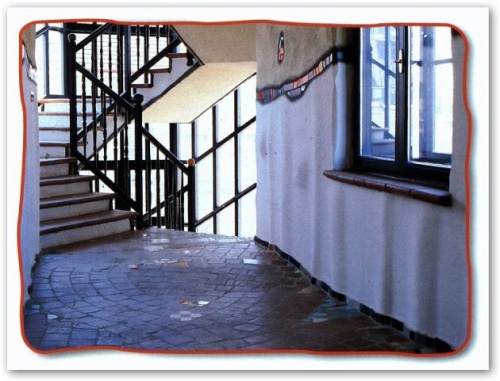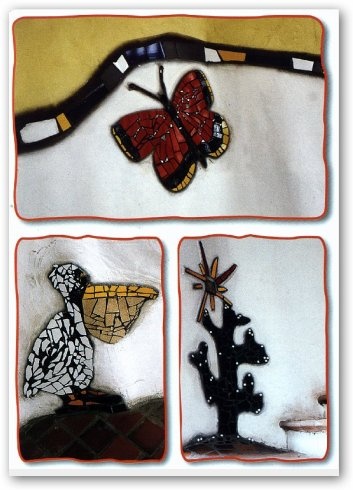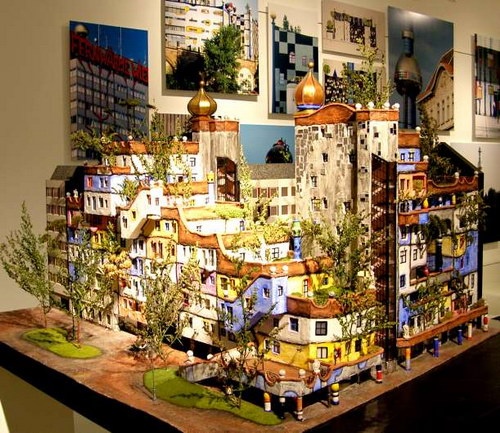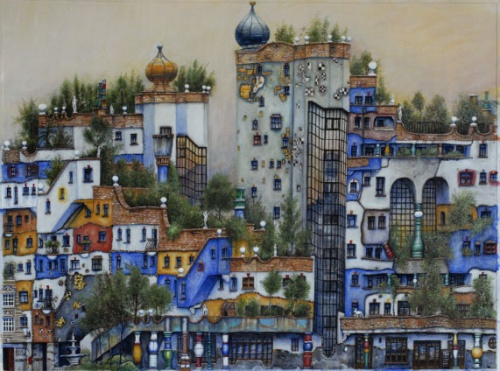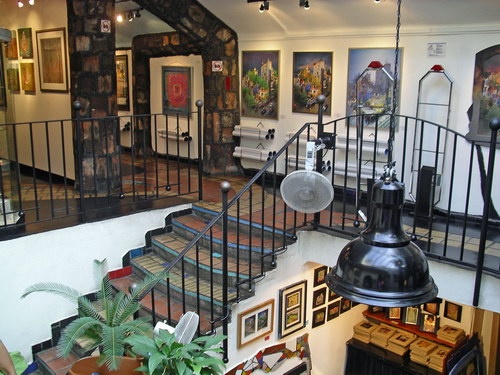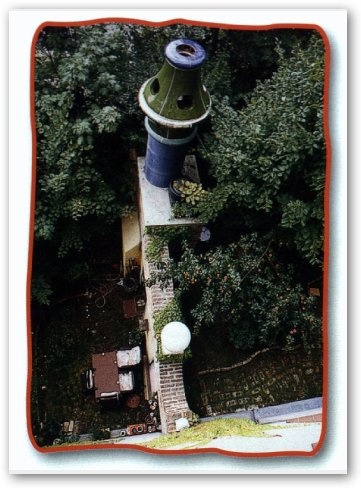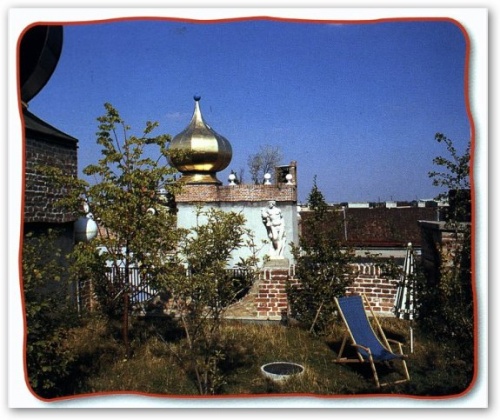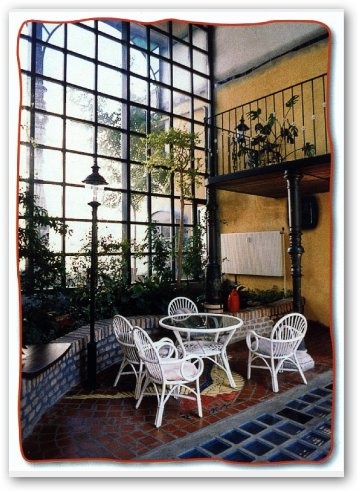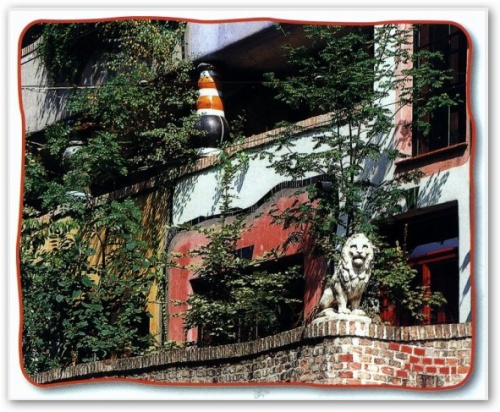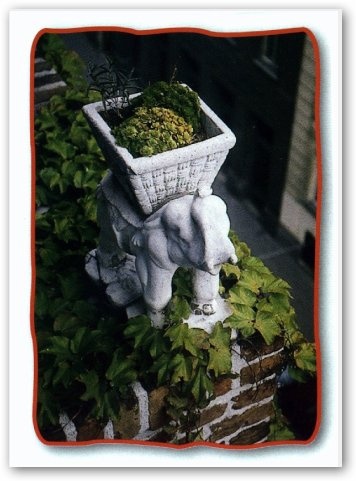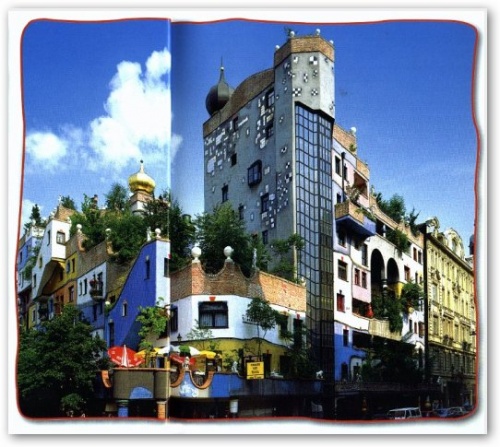Friedensreich Hundertwasser | XXe | Friedensreich Hundertwasser (165 works) (1 part)
Разрешение картинок от 369x264 до 2116x2626px
Friedensreich Hundertwasser (German: Friedensreich Hundertwasser, real name - Friedrich Stowasser); December 15, 1928, Austria (Vienna) - February 19, 2000, New Zealand) - Austrian artist, architect, designer, creator of original buildings in the “natural” “ecological”, “biomorphic” style. He is distinguished by enthusiasm, imagination, his own graphic style and an original architectural concept.
Biography
Friedrich Stowasser was born on December 15, 1928 in Vienna. Austrian father, Jewish mother. Since 1936 he attended a Viennese school in the Montessori system. Elsa Stowasser's mother died in 1972. The artist formed his pseudonym by translating the first part of his surname into German, which is similar to the Slavic word (Hundred - Hundert). The name he invented for himself is an adaptation of his first name Friedrich (translated into modern German, Friedensreich literally means rich in the world).
In 1948, Hundertwasser briefly attended the Vienna Academy of Fine Arts. Then he began to actively engage in creativity. Egon Schiele had a strong influence on him.
He outlined his architectural concept in several manifestos and embodied it in many projects. His Ideal Home is a safe, cozy hole, covered with grass on top, but a hole with many eye windows. In New Zealand, he built a house where the roof goes down the sides into a hill. Grass grows on it, which sheep sometimes come to nibble.
Hundertwasser believed that one should not live in identical box houses: this makes people feel bad. Every tenant has the right to lean out of their window and paint or otherwise change the wall around it, as far as their arms and hands can reach (not to mention the inside of the house). He led several projects to rehabilitate former manufactories - dull boxes, which he turned into fairy-tale towers. Like Gaudi, Hundertwasser made extensive use of broken ceramic tiles: he made mosaics out of them, coloring the previously flat and dreary surface. He also placed golden or blue domes on the houses, breaking the monotony of the straight roof, and equipped niches for trees in the walls. The most famous such project is KunstHausWien - an exhibition hall in Vienna. The idea of “tenant trees” is not accidental: Hundertwasser was interested in ecology, and he believed that giving trees and grass a place in and on the house was at least some compensation for the damage that industrial society causes to nature. As an interesting fact, it is worth noting that Hundertwasser always wore different socks. And when people asked him: “Why do you wear different socks?”, he always answered: “Why, exactly, do you wear the same ones?!” Hundertwasser's graphics are multi-colored and geometric. At first glance it may seem that it is abstract, but this is not so: behind each picture there is an explanation, a whole concept. Most often he depicts houses and windows.
In 1959, Hundertwasser staged a continuous line performance in Hamburg. While the audience crowded the room, waiting for the performance, Hundertwasser, crawling literally under their feet, began to lead his line, choosing a point at the bottom of the wall. For two days and two nights, he and his two friends, Bazon Broch and Harald Schult, continuously drew lines on the walls, first in black, then in red, by candlelight as the authorities cut off the electricity. The performance was interrupted when the line reached a height of 2.5 m. Hundertwasser complained that he was not allowed to complete his plan and get to the point in the center of the ceiling where the spiral line would find its completion.
Hundertwasser's favorite animal is a snail with a house on its back (see his design for a flag for New Zealand).
Hundertwasser also worked a lot on the design of national flags, coins, and postage stamps. In 1999, he began his latest project, called the Green Citadel of Magdeburg.
Hundertwasser House in Vienna
The house is located on a quiet narrow street in the 3rd microdistrict of Vienna, a building on the corner of Leuven-gasse and Kegelgasse (Kegelgasse 34-38 / Lowengasse 41-43).
“Half of Vienna is unconditionally proud of him, the other half is indignant, believing that if the author is given free rein, he will destroy the old imperial architecture, destroy the famous Biedermeier style and build up elegant Vienna with his multi-colored gingerbread buildings, reminiscent of the dwellings of gnomes from the fairy tales of the Brothers Grimm. "Hundertwasser is kitsch!" - shout the haters. "Hundertwasser is a genius!" - fans argue." (N. Kolesova, “Cult of Personalities”, 9/10 1999)




